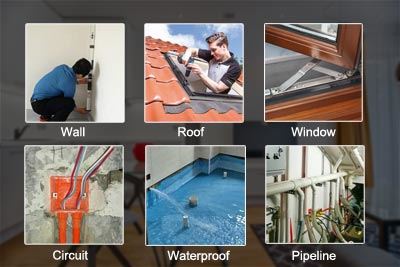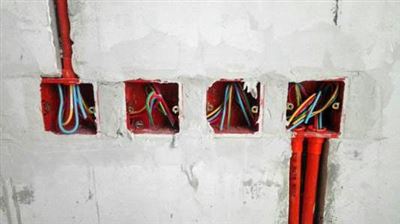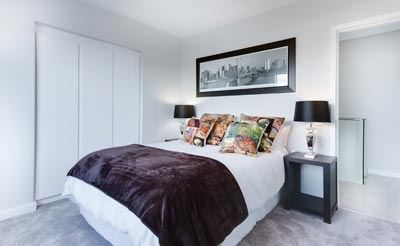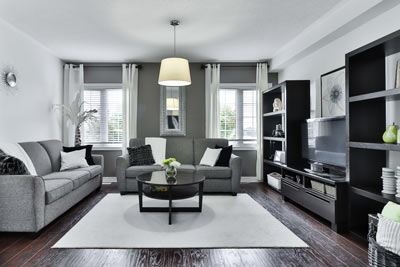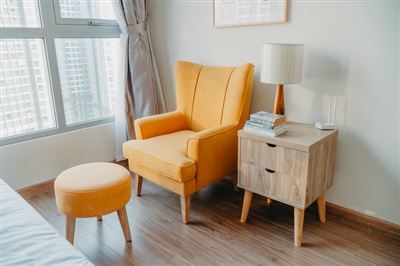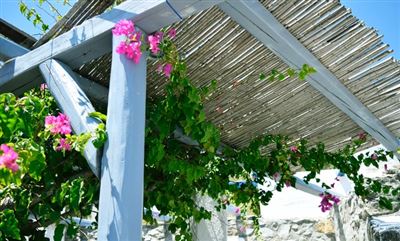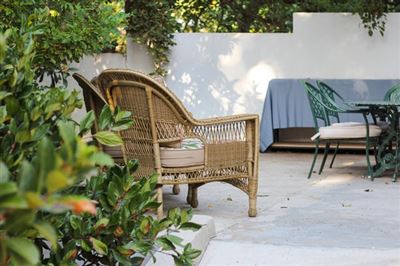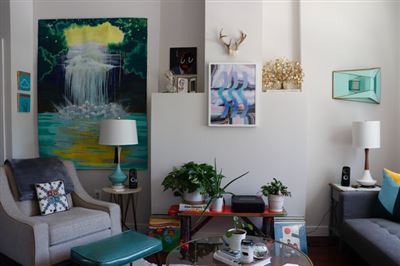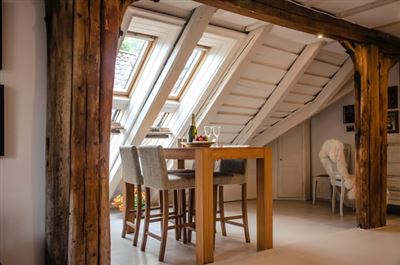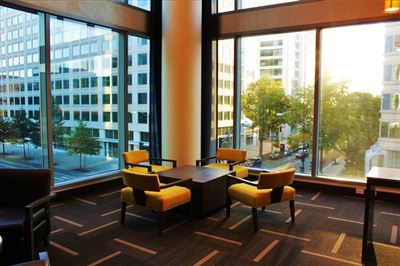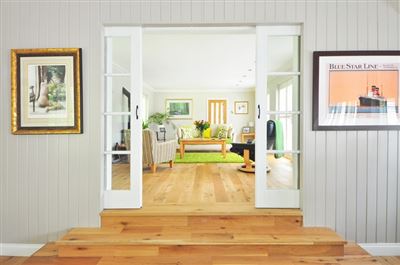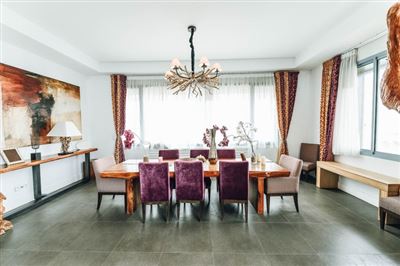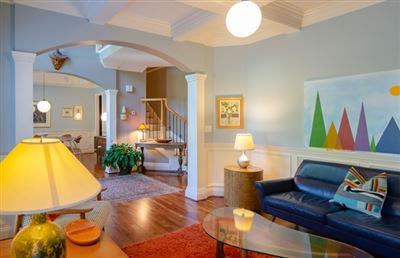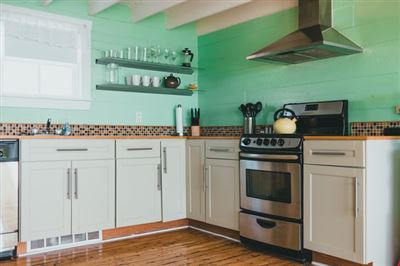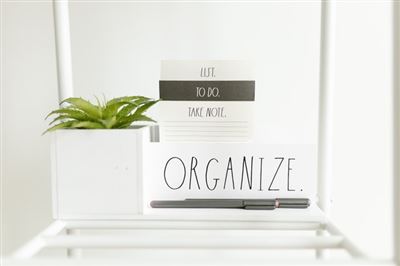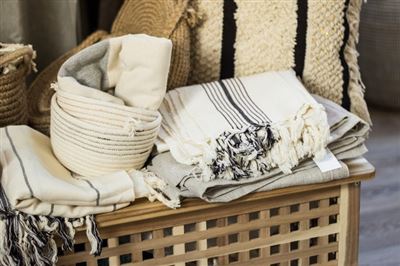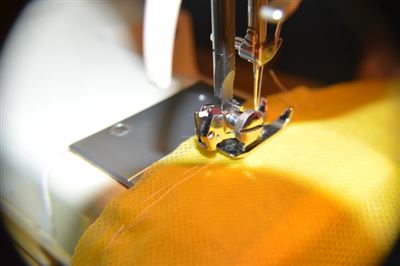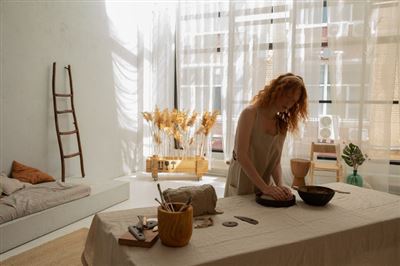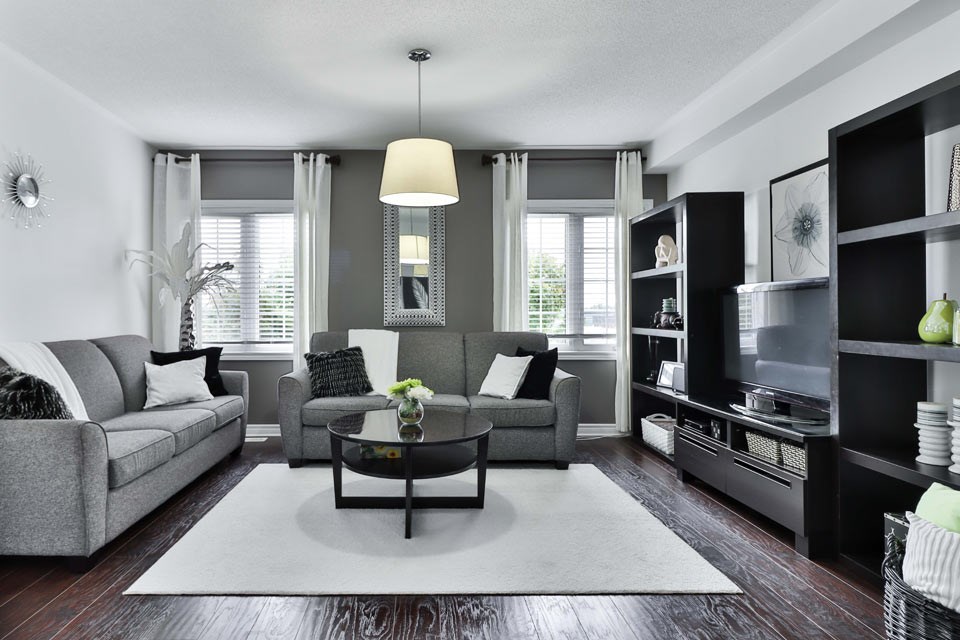
The general decoration will take 15 days to carry out the preliminary acceptance (the villa construction time is relatively long), the preliminary acceptance is divided into the first acceptance and the second acceptance. The first acceptance involves items such as suspended ceilings, water circuits, wood products, etc., and the second acceptance is a special inspection of rooms that use waterproofing during decoration.
1. Material acceptance
The most important thing for the initial acceptance is to check whether the incoming materials (such as putty, glue, etc.) are consistent with the materials on the contract budget. In particular, check whether the brand of hydropower transformation materials (wires, water pipes) belong to the special brand of the decoration company. Avoid Other materials mixed in the incoming materials will affect the later construction. If the owner finds that the entry materials are different from the brand in the contract, he can refuse to sign the material acceptance form, and can directly negotiate with the decoration company before signing.
2. Ceiling inspection
In the acceptance of the suspended ceiling, first check whether the wooden keel of the suspended ceiling is painted with fireproof materials, and then check the spacing of the booms. The spacing of the booms should not be too large, otherwise it will affect its bearing capacity. The spacing should be between 600 mm and 900 mm. Again, check the firmness of the boom to see if there is shaking. The boom should be fixed with expansion bolts. Some foremen use wooden bolts to save costs and it is difficult to ensure the stability of the boom. In the vertical direction, the boom must be fixed with expansion bolts, and in the horizontal direction, plastic bolts can be used. Finally, the flatness of the keel is checked by the method of pulling the wire.
3. Waterway renovation inspection
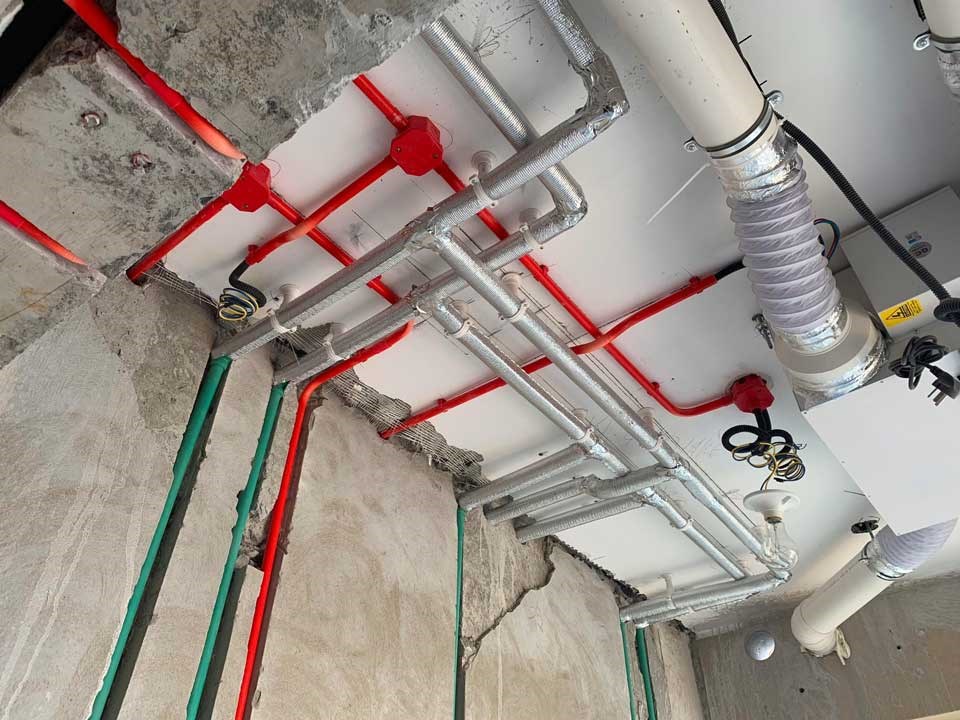
The inspection of the waterway transformation is mainly to carry out the pressure test. The pressure shall not be less than 6 kg during pressure, and the pressure time shall not be less than 15 minutes. Then check whether the pressure gauge has pressure relief. If pressure relief occurs, check whether the valve is closed. In the event of pipeline leakage, the foreman must be notified immediately, and the next step of construction can only be carried out after the pipeline leakage has been dealt with.
4. Circuit modification inspection
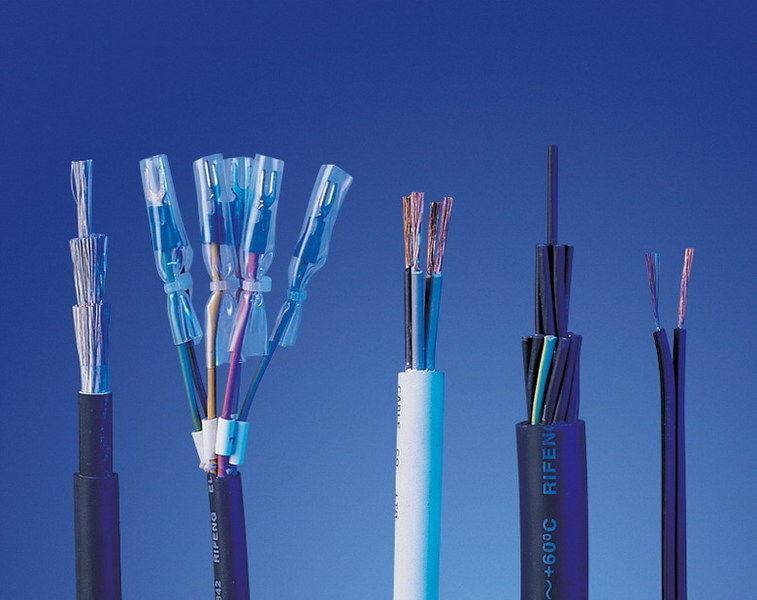
When accepting the circuit, you must pay attention to whether the wire used is the brand of the decoration company and whether the wire meets the standard. Wires that do not meet the standard may have a thick outer sheath with a thin copper core or a thin outer sheath with a thick copper core. These two types of unqualified wires have an impact on the current load, leading to potential safety hazards for owners in future use. When checking the circuit modification, check the sealing of the socket. If the original socket is shifted, the shifted place should be treated with moisture and waterproof, and the waterproof tape should be sealed with more than 3 layers of waterproof tape.
5. Wood product inspection
For the wood products made on site, we must first pay attention to whether the shape meets the design requirements and whether the size is accurate. The wooden doors made on site should also be checked to see if the opening direction of the door is reasonable. The seam above and on the left and right of the wooden door cannot exceed 3 mm, and the bottom seam is generally 5 mm ~ 8 mm. In addition to checking the seam of the door, you should also check whether the seam of the door sleeve is tight.
6. Inspection of wall tiles and floor tiles
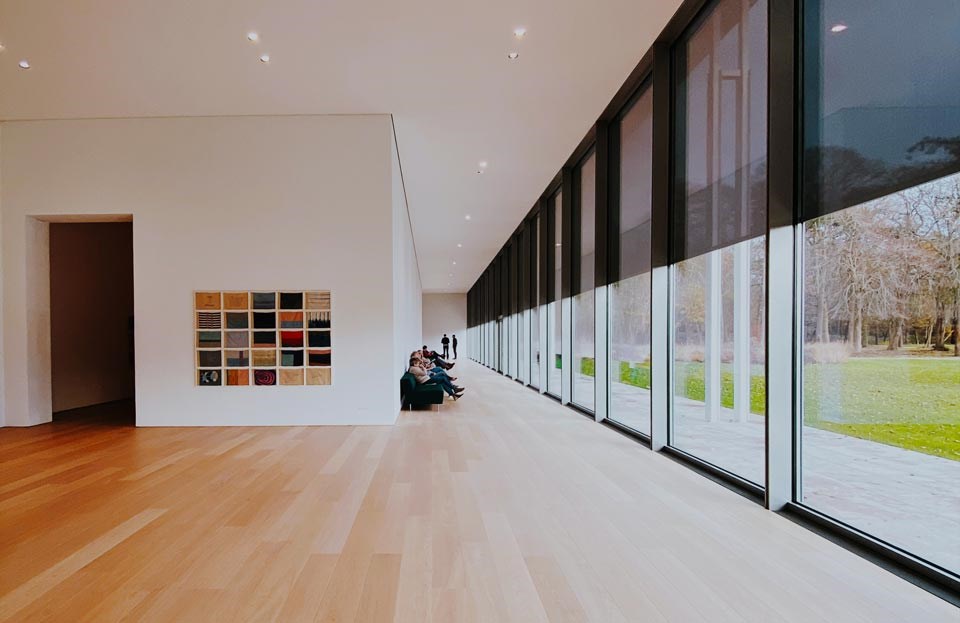
Wall and floor tiles are mainly to check their hollow rate and color difference. The owner can use a small hammer to hit the corners of the walls and floor tiles to check whether there is a hollowing phenomenon. The hollowing rate of wall and floor tiles cannot exceed 5%, otherwise they will fall off. It is worth noting that the wall and floor tiles are not allowed to have intermediate hollows. Insufficient mortar, improper treatment of the grassroots, and insufficient time for the tiles to soak in water may cause hollowing in the middle of the tiles. If the tiles have intermediate hollows, the owner should ask the foreman to remove this. Some tiles are removed and reattached. When checking the color difference, pay attention to whether the brands of tiles are the same, whether they are the same batch number, and whether they are laid at the same time. The owner can also check the aesthetics of the wall and floor tiles. -Under normal circumstances, the seam of bricks without bricks is 1.5 mm, not more than 2 mm, and the seams of tiles with curved edges are 3 mm. In addition, check whether the walls and floor tiles have missing edges or corners.
7. Inspection of wall and top surface
Acceptance of the wall and top surface should check the flatness of the putty, which can be inspected with a ruler, and the error is within 2 mm to 3 mm as qualified. When inspecting the wall and top surface, pay special attention to whether the yin and yang angles are square and straight, just use a square ruler to check. If the owner finds a problem during the mid-term acceptance, he should immediately notify the foreman to request rectification, and the foreman shall notify the owner to perform another acceptance after the rectification is completed.
8. Waterproof inspection
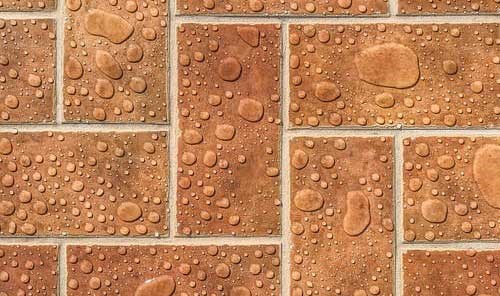
Waterproof acceptance is another highlight of the mid-term acceptance. Generally, rooms with floor leakage will be waterproofed. Whether the waterproofing is in place will not only affect the daily life of the owners, but also affect the interests of the owners downstairs. Water avoidance experiment is a common method to test waterproof in home improvement. When conducting a water avoidance experiment, the foreman needs to confirm the water avoidance time with the owner and the residents downstairs at the same time, then close the drain hole of the room and put water into the room (the water surface height is not less than 3 cm), and then ask the downstairs after 24 hours Whether the owner has any leakage. In addition to checking the waterproofing of the floor drain room, the owner should also check the waterproofing of the shower room wall. When checking the waterproofing of the wall, you can first check whether the painting of the wall is uniform and whether there is any leakage. In particular, check whether the yin and yang corners are leaking. Brush to avoid yin and yang corners from leaking to cause dampness and mold. The waterproof height of the wall should also be checked and accepted. During the acceptance, the owner can check whether the waterproof height of the wall has reached the height promised by the company. Generally, the waterproof height of the shower room is 1.8 meters, but from an economic point of view, the owner can be in the shower area. Set the waterproof height of 1.8 meters, and the waterproof setting of other areas should be higher than 1.5 meters.
TIPS Since home improvement is a procedural service, there are many tasks, and every link will affect the quality of home improvement. For example, when painting latex paint, if the wall is not treated well, the latex paint will appear again after it is applied. Cracks and even peeling phenomenon. Therefore, if the walls of the old building were painted with sand dust during the decoration, they should be shoveled off and the base of the wall should be made with new cement, so as to ensure that the wall glue paint does not crack and the wallpaper does not fall off.